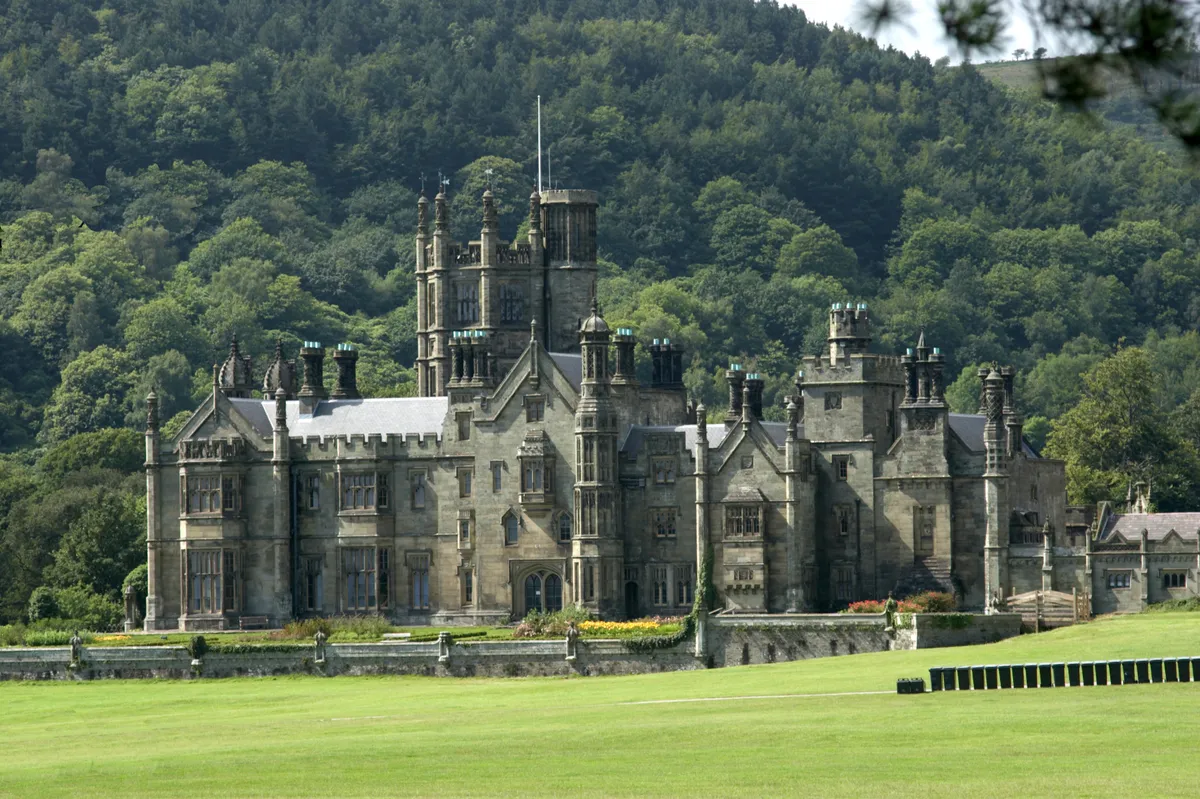Industrial South Wales might not seem the obvious place to seek out a countryside walk with the family. However, if you venture just two miles from Port Talbot on Swansea Bay, you’ll come upon over 400 hectares of majestic woods, parkland and gardens waiting to be explored.
Margam Country Park bristles with outdoor attractions for both adults and children, is free to visit (just a parking fee) and is home to more than 400 fallow, red and endangered Père David deer.

Things to do at Margam Country Park
The park’s Wood Vibrations Trail takes visitors on a melodious quest through woodland to discover a selection of giant musical instruments. The Farm Trail introduces walkers to a host of rare and interesting breeds, including Glamorgan cattle, badger-face sheep and Buff Orpington hens. And for the under 10s, there’s Fairytale Land, with its own castle and miniature houses to play in.
For extra action, head to the lake to try canoeing, kayaking or paddleboarding with Margam Park Adventure. There’s also a new adventure playground for children aged six to 12 and numerous loos dotted about, as well as Charlotte’s Pantry Café for take-away meals and snacks.
History of Margam Country Park
The ruined Cistercian abbey in the grounds was built when the Normans ruled these parts. A much later addition – the 18th-century orangery – is the longest in Britain and has its own gardens, providing wonderful vistas of the surrounding countryside. There’s even a Grade I-listed neo-Gothic castle and a narrow-gauge railway that will both reopen as soon as coronavirus restrictions allow.
To give your legs a good stretch, head for the Monastic Trail. This 2.5-mile (4km) waymarked path is largely flat, with just one steep ascent, and is packed with interest. Beginning with a tour of the forested slopes of an Iron Age hill fort, the trail passes what was once a Celtic village. Investigate an old and ruinous dam and mill race built by monks; enjoy cracking views of the Cwm Phillip valley and Margam Forest, then climb to Hen Eglwys, the old Cistercian chapel on the summit of a hill.
Keep a look out for the park’s avian visitors – long-tailed tits, herons hunting for brown trout, as well as ravens and buzzards patrolling the skies above.
